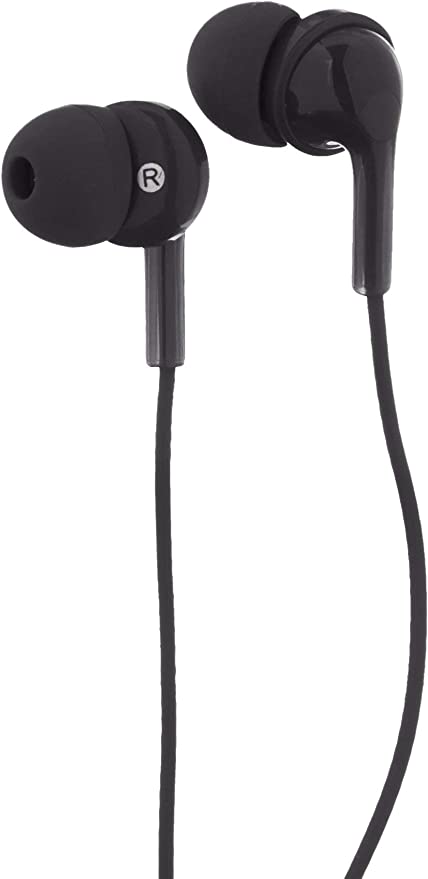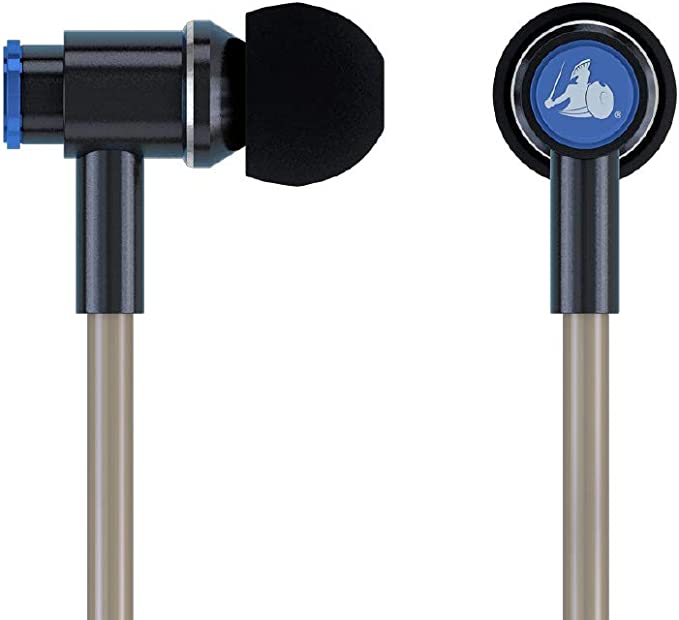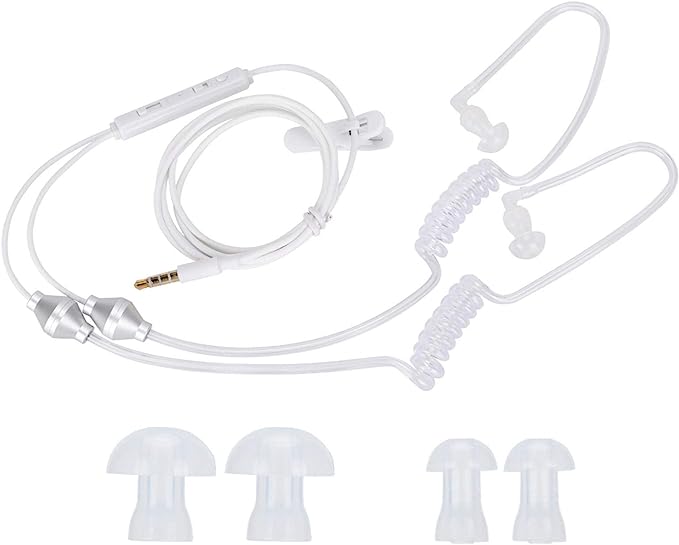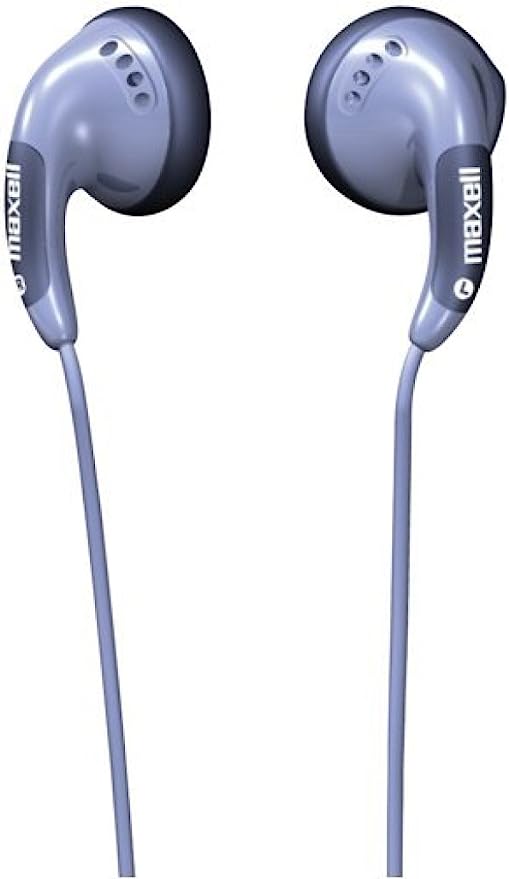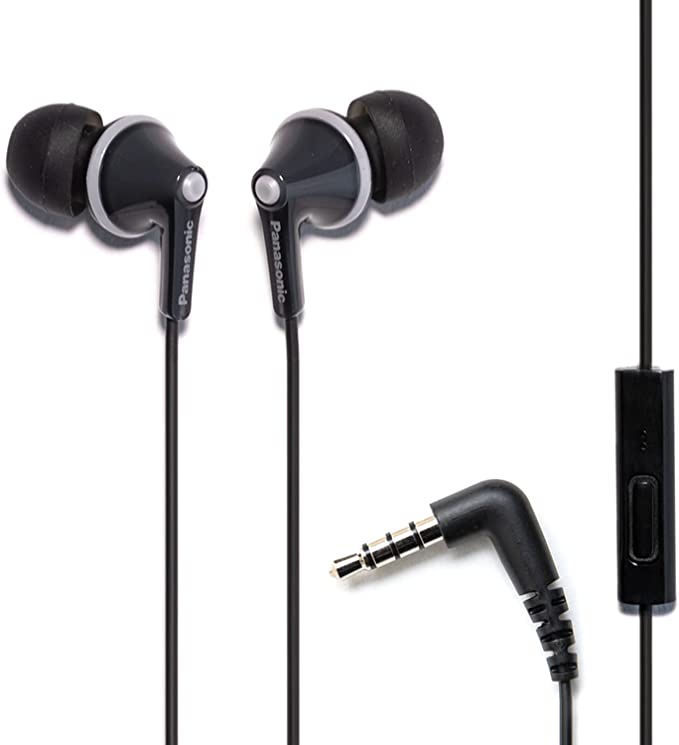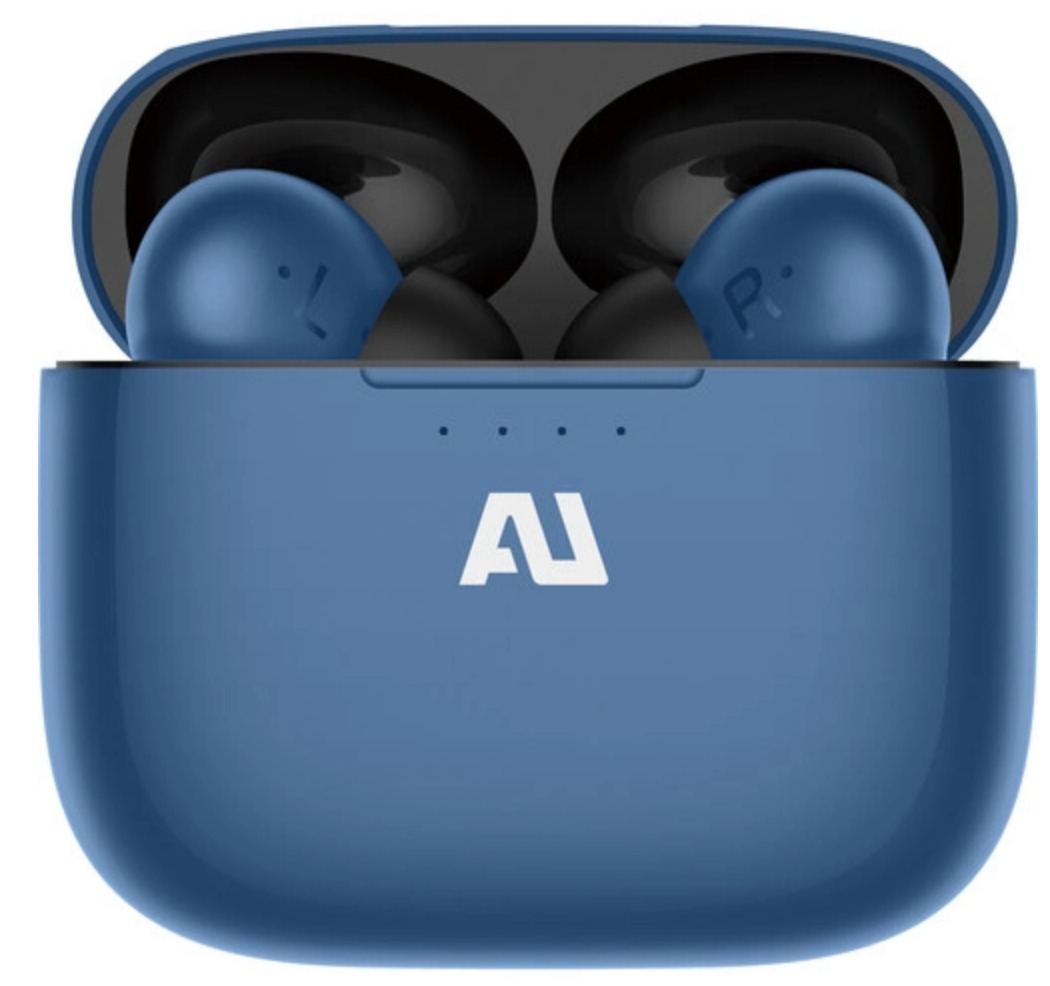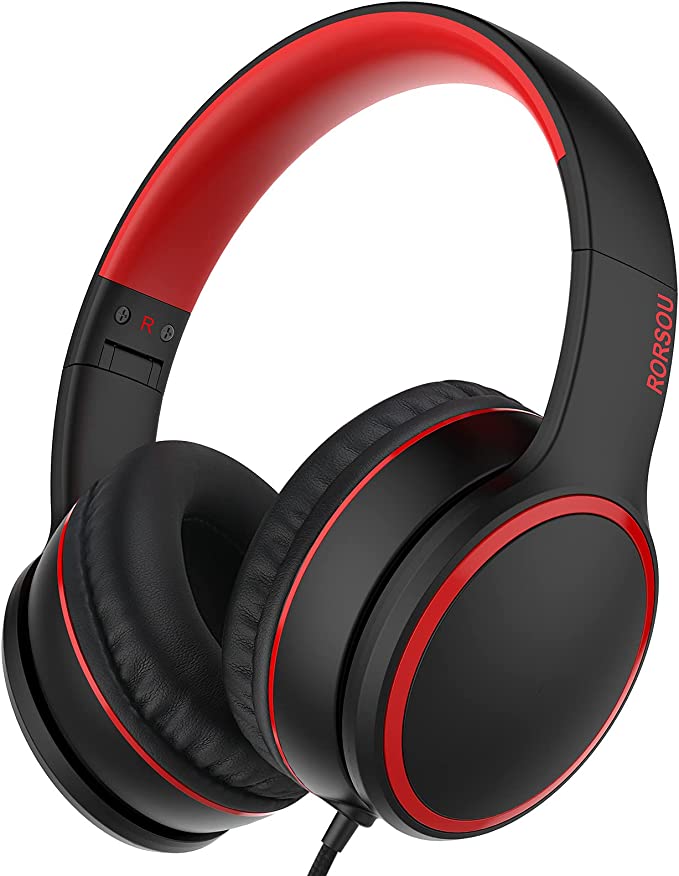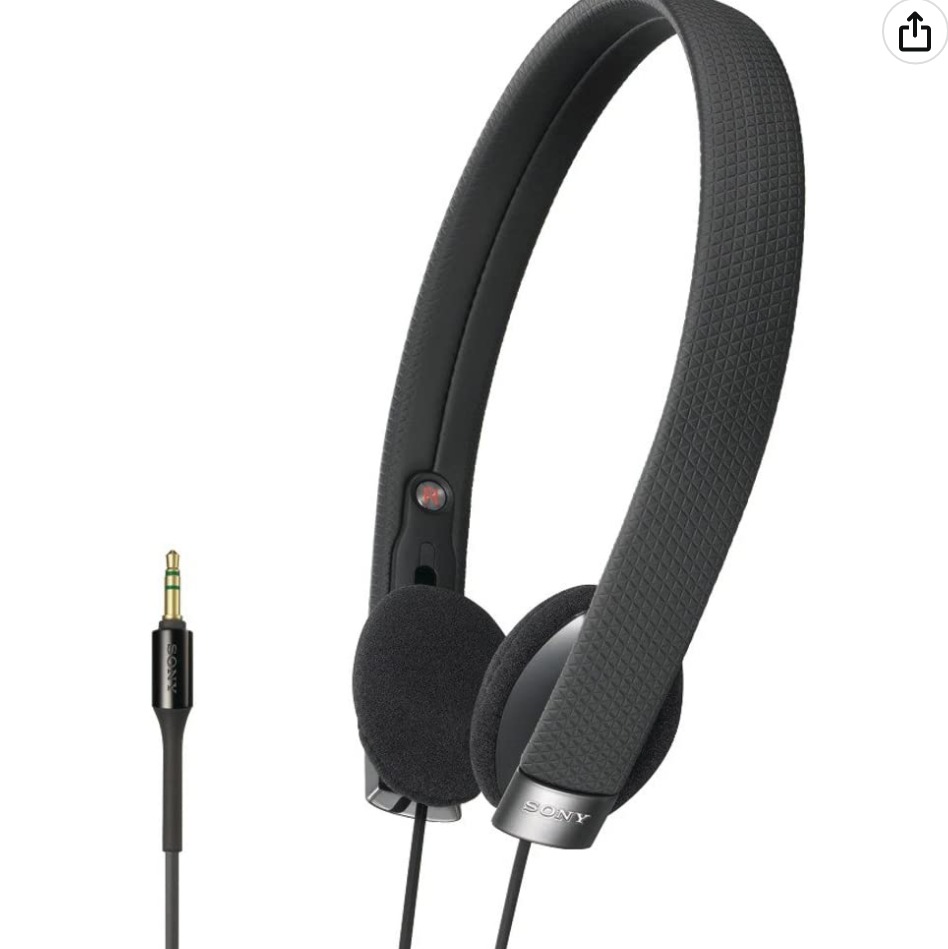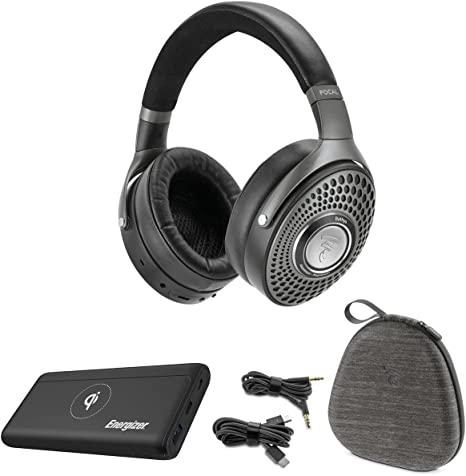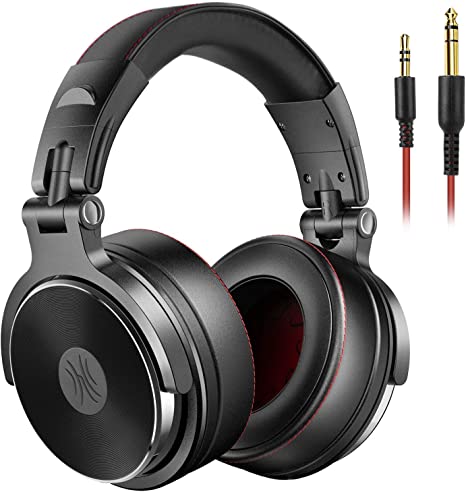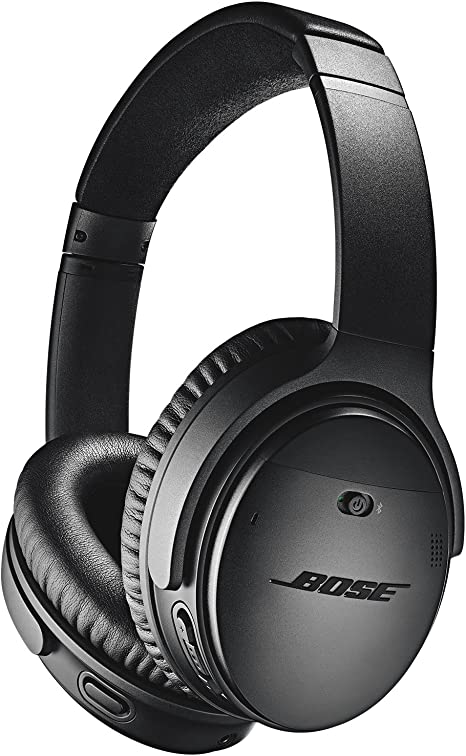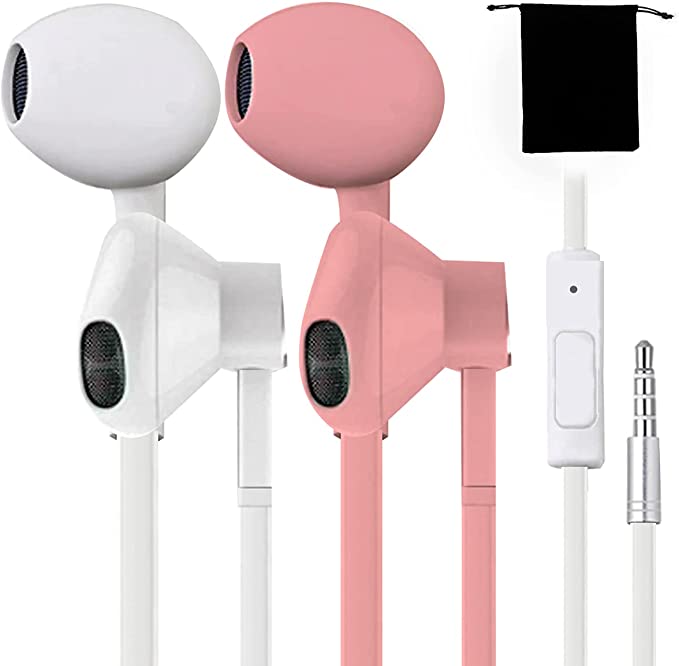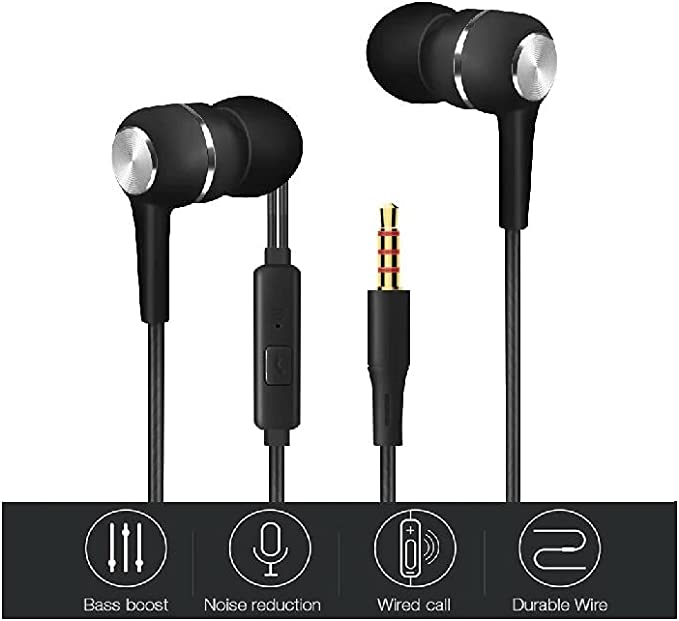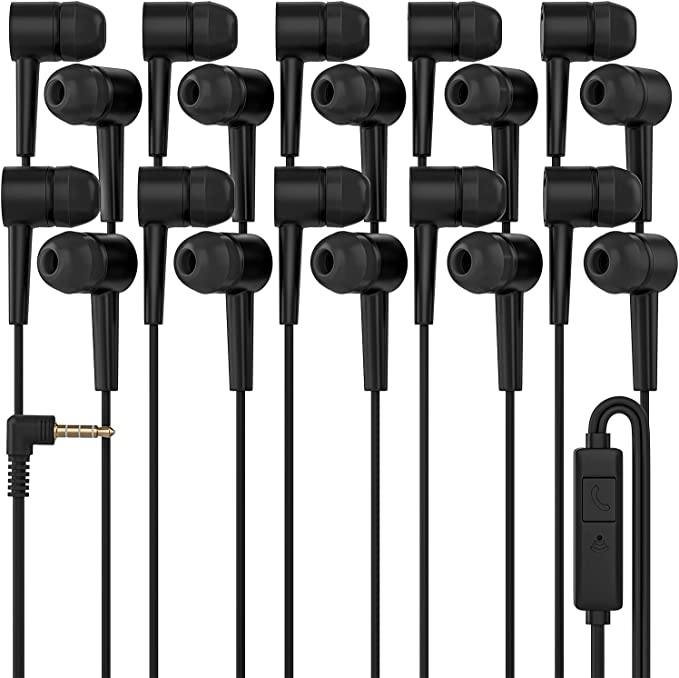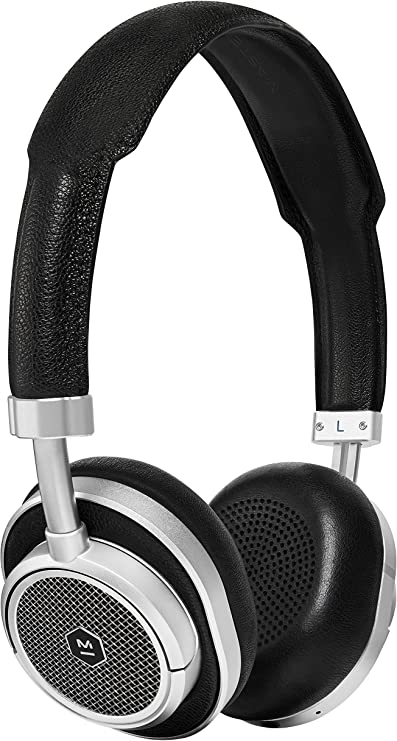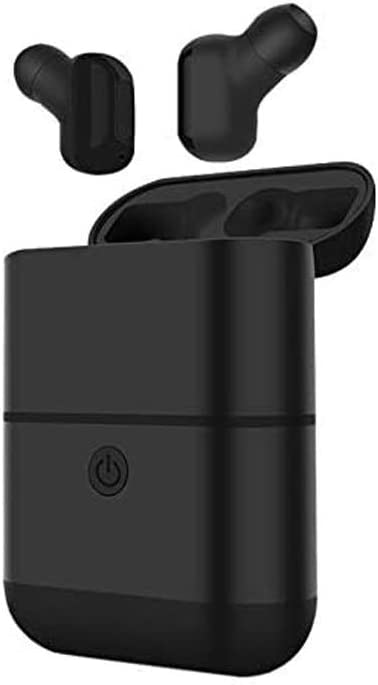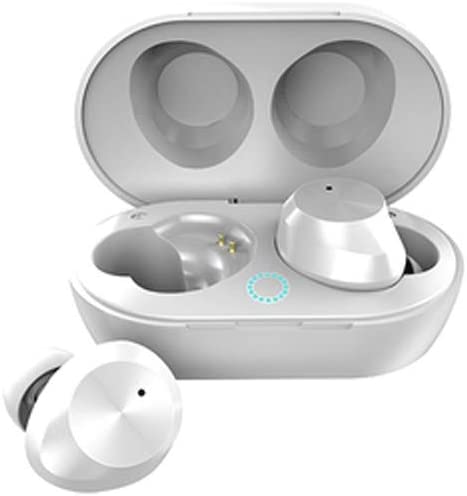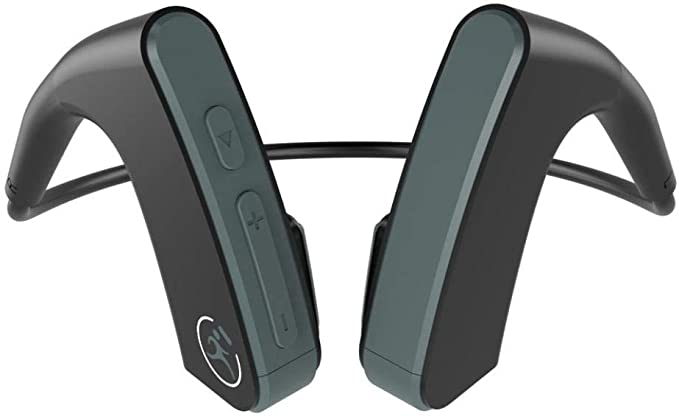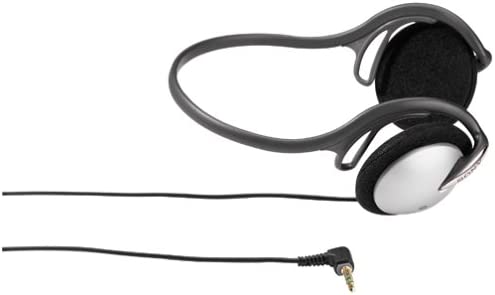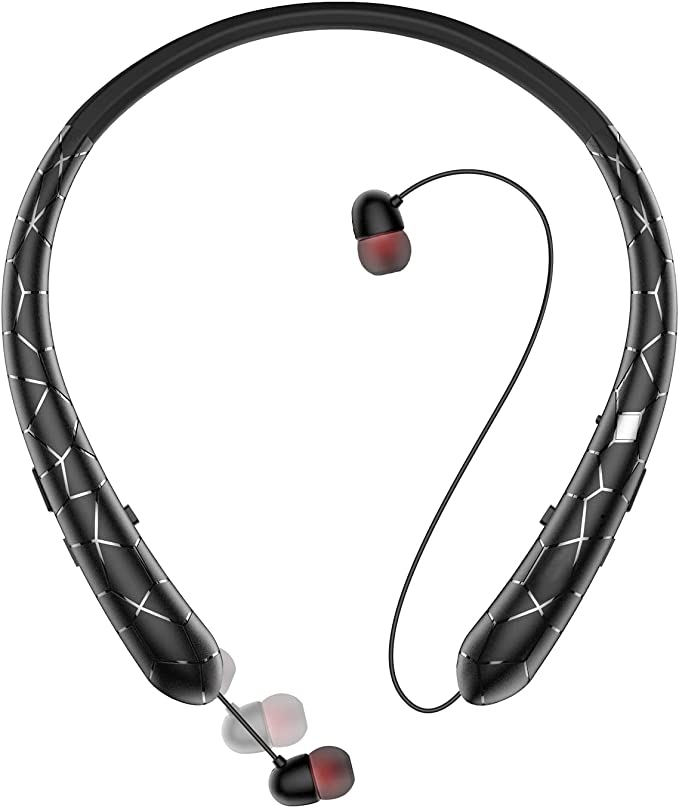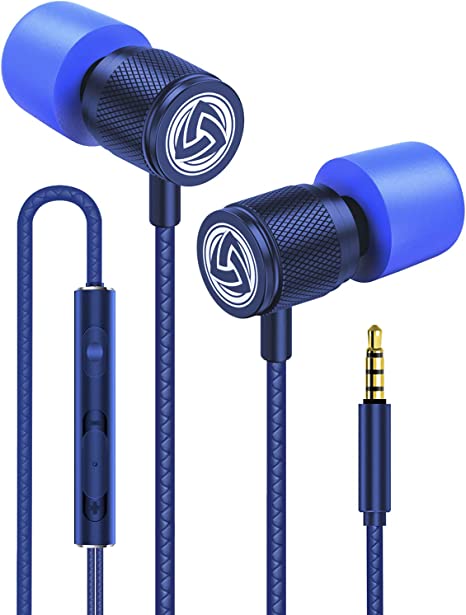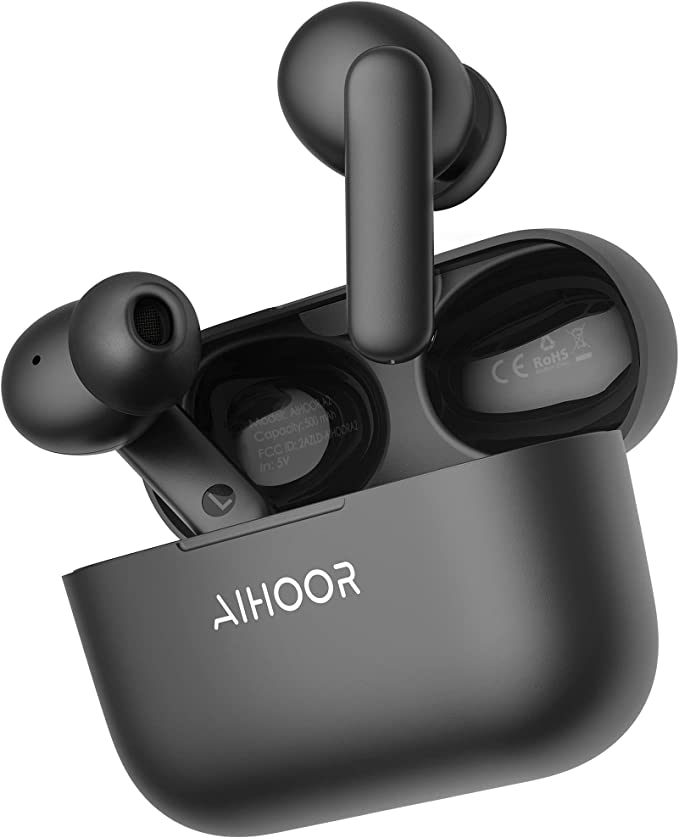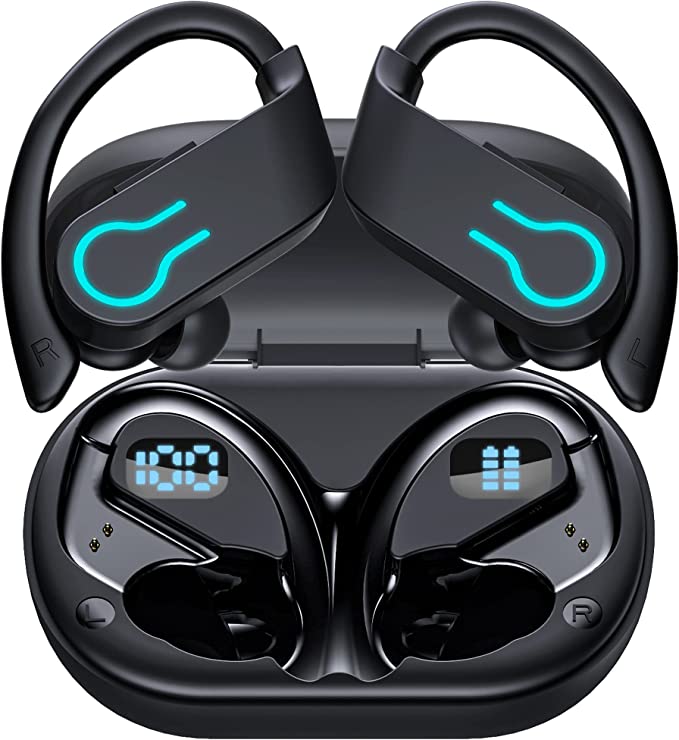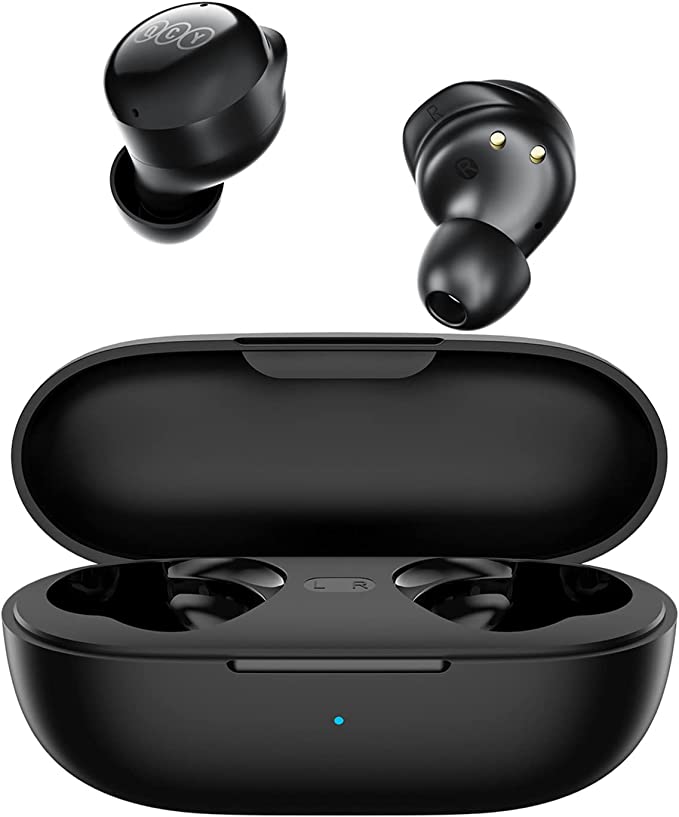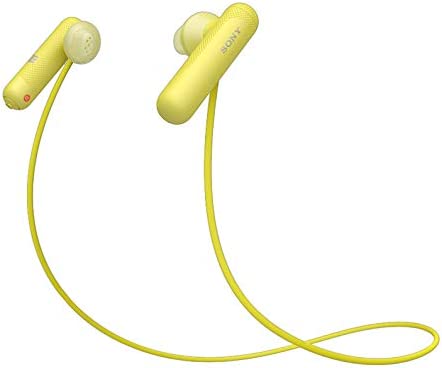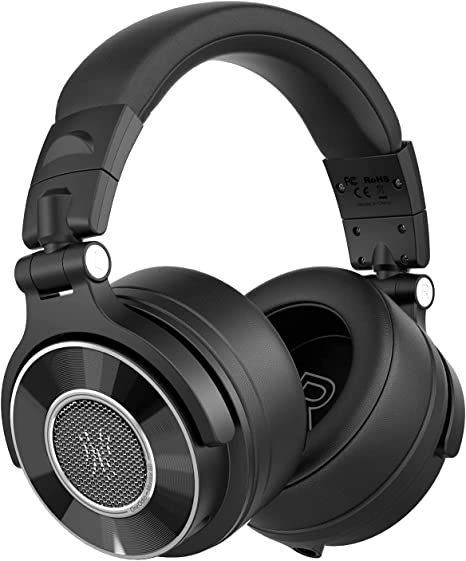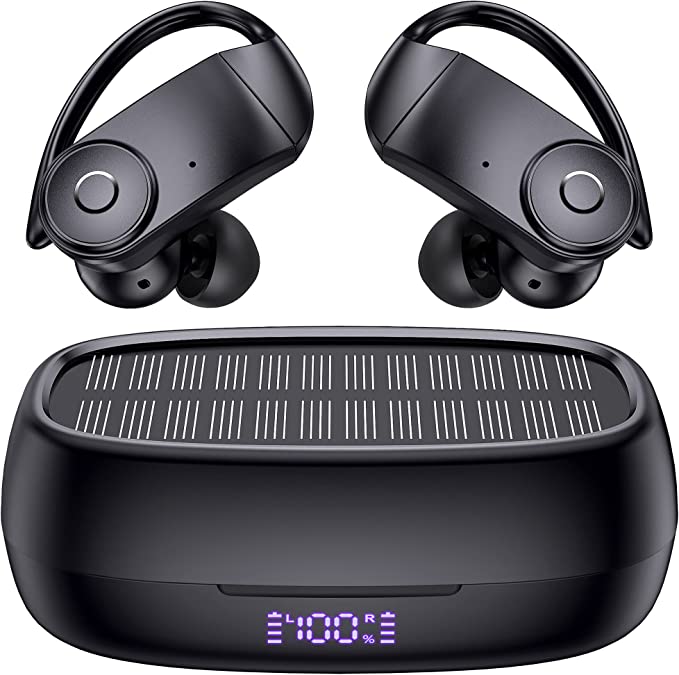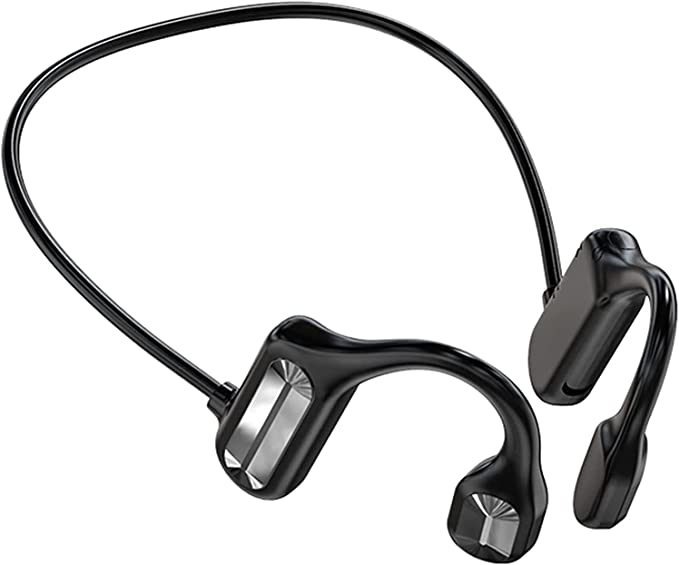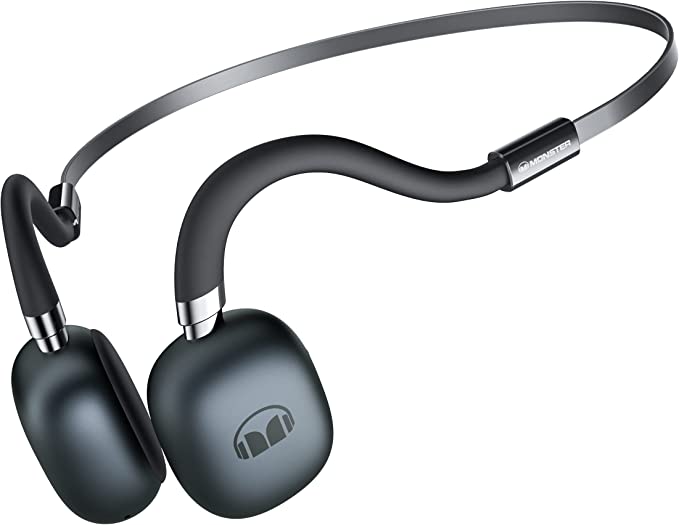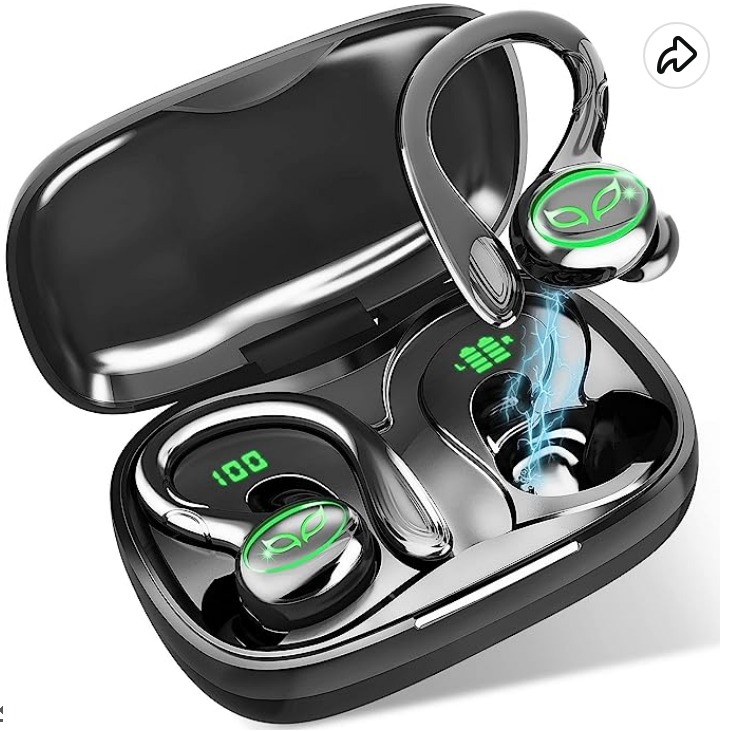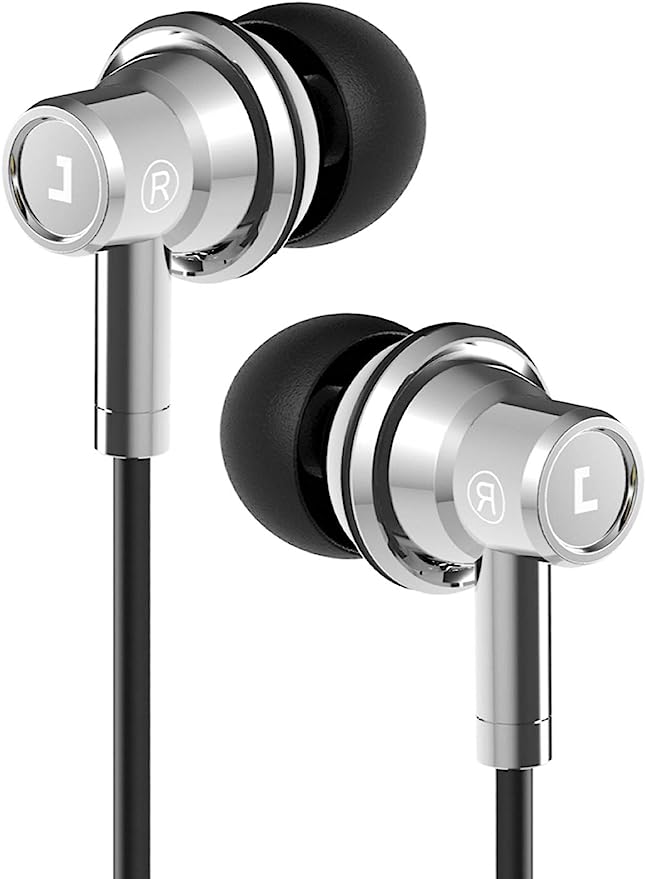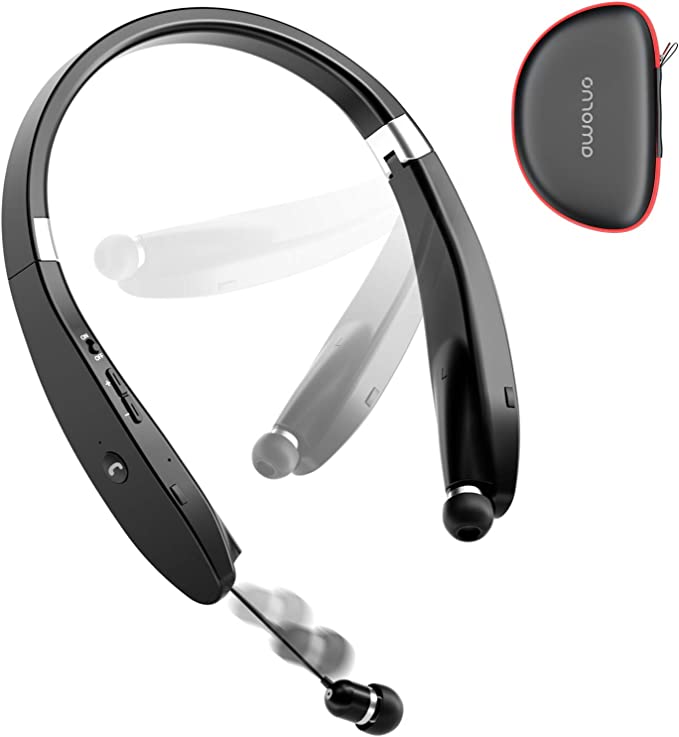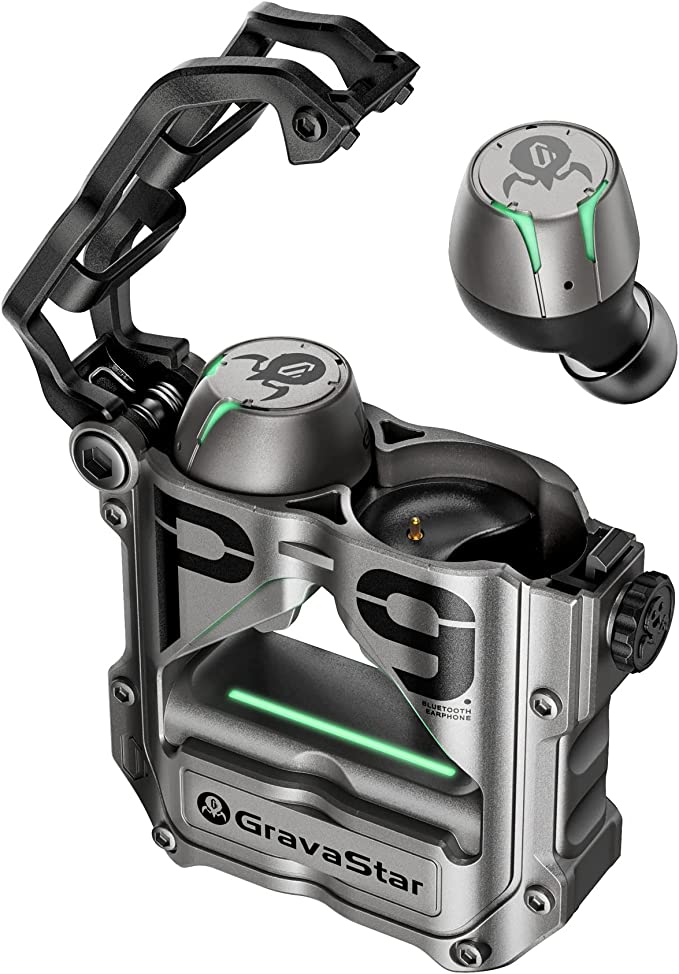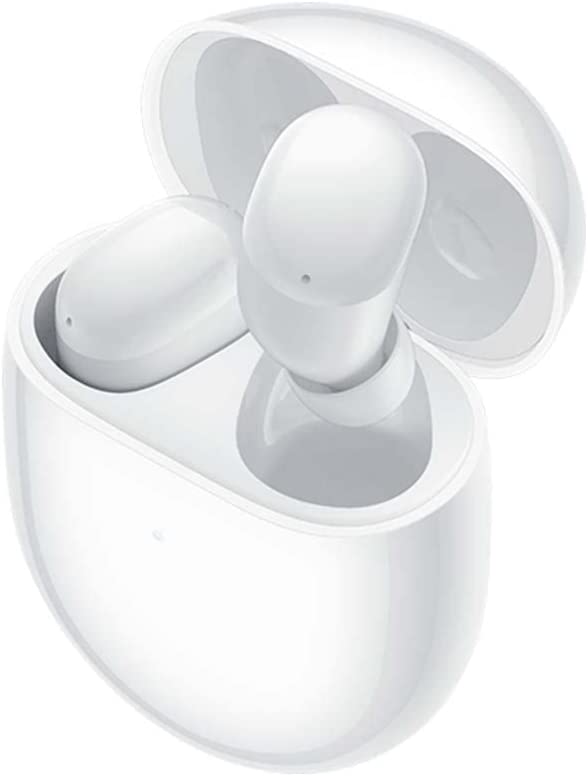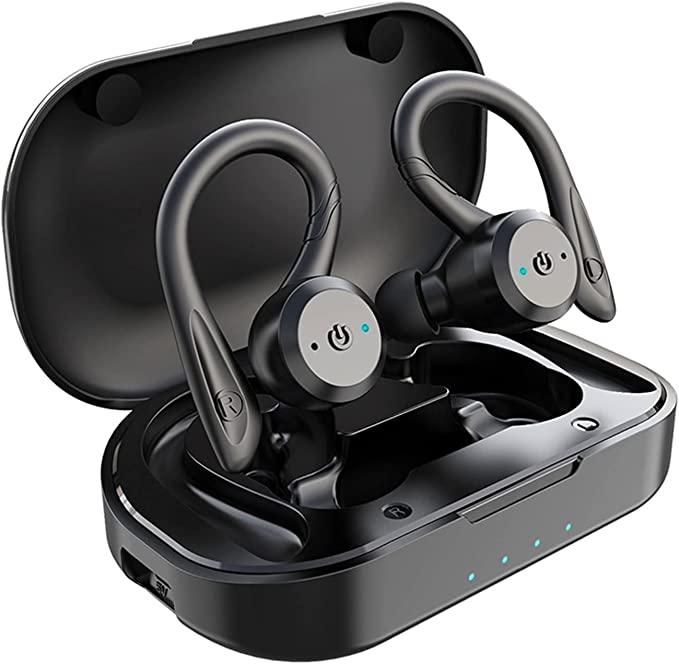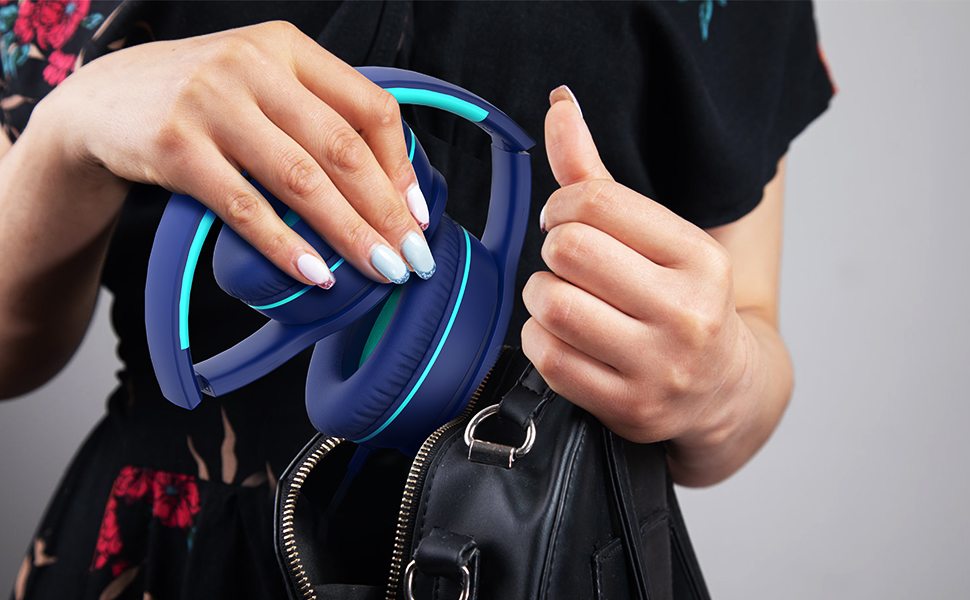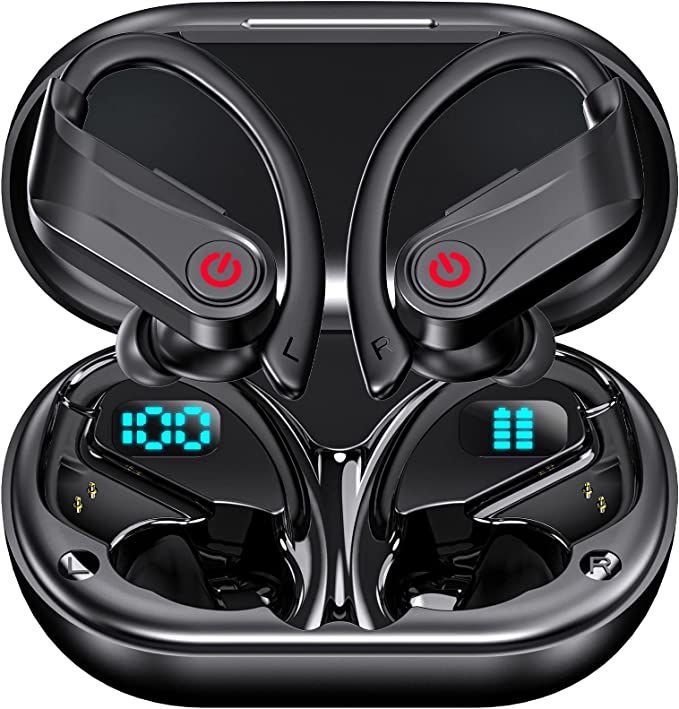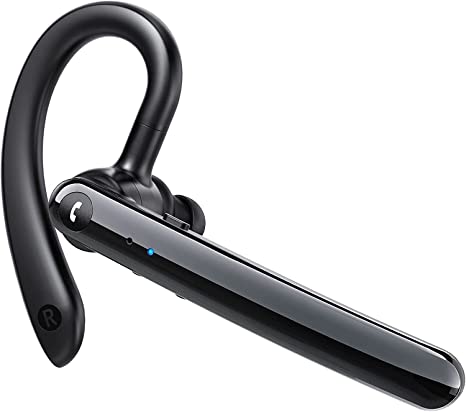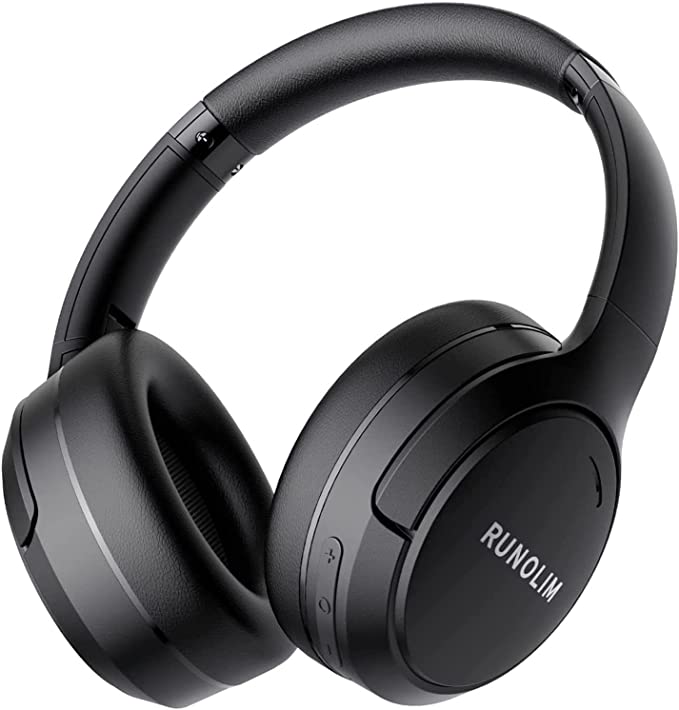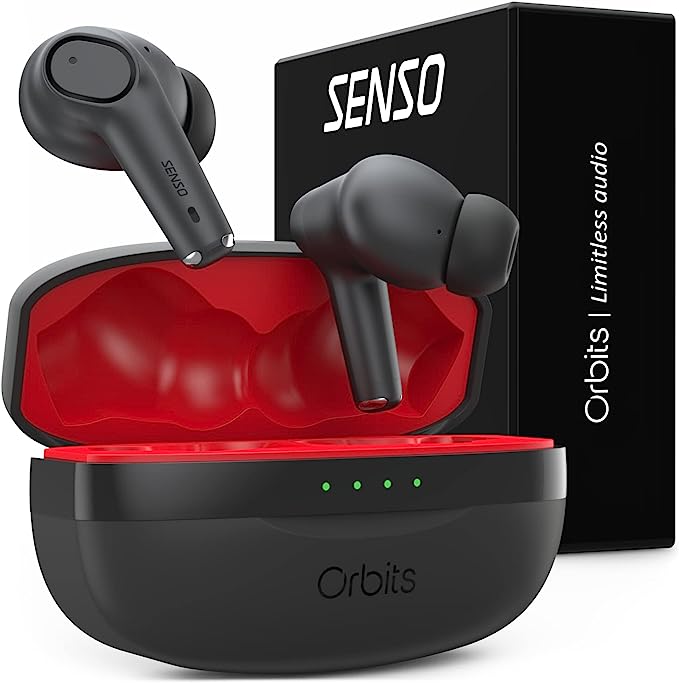Califone E1 Economy EarBuds: Clear Sound for Learning and More
Update on March 7, 2025, 6:28 p.m.
Have you ever tried to concentrate in a bustling classroom, a busy library, or a crowded gym? The modern world is full of noise, and sometimes, we just need a way to create our own little bubble of quiet, or at least, a space where we can clearly hear what we want to hear. That’s where the humble earbud comes in. These tiny devices, like the Califone E1 Economy Earbuds, are more than just simple accessories; they’re a fascinating application of the science of sound.

A Brief (and Not-So-Silent) History of Earphones
The quest to deliver sound directly to the ear isn’t new. In fact, it dates back to the late 19th century, with the earliest earpieces used by telephone operators. These devices were bulky and far from comfortable, often resembling a single, large earpiece attached to a heavy receiver. Imagine trying to balance that on your head while juggling calls!
As technology progressed, so did earphone design. The early 20th century saw the development of more recognizable headphones, often used by radio enthusiasts and the military. But it wasn’t until the mid-20th century, with the rise of portable transistor radios, that the concept of truly personal listening began to take hold. The first in-ear headphones, the predecessors to modern earbuds, started appearing, offering a more discreet and portable way to enjoy audio.
The invention of the Sony Walkman in 1979 revolutionized personal audio, making music truly portable and fueling the demand for smaller, more convenient earphones. The now-iconic white earbuds that came with Apple’s iPod in the early 2000s further cemented the earbud’s place in popular culture.
Sound Waves and Whispers: The Basics of How We Hear
Before we dive into the specifics of earbuds, let’s take a step back and consider the fundamental question: What is sound? At its core, sound is vibration. When an object vibrates – whether it’s a guitar string, a vocal cord, or the diaphragm of a speaker – it creates pressure waves in the surrounding medium, usually air. These waves, like ripples in a pond, travel outward from the source.
These sound waves have two key characteristics:
- Frequency: This refers to the number of waves that pass a given point per second, measured in Hertz (Hz). Frequency determines the pitch of a sound. A high-frequency sound wave (like a whistle) has many waves packed closely together, while a low-frequency sound wave (like a bass drum) has fewer waves, spaced further apart. The human ear can typically hear sounds ranging from about 20 Hz to 20,000 Hz, although this range can vary with age and individual differences.
- Amplitude: This refers to the intensity or “height” of the sound wave, which we perceive as loudness. Amplitude is often measured in decibels (dB). A larger amplitude means a louder sound.
When these sound waves reach our ears, a remarkable process unfolds. The outer ear, the part we can see, acts like a funnel, collecting the sound waves and directing them into the ear canal. The waves then hit the eardrum, a thin membrane that vibrates in response. These vibrations are amplified by tiny bones in the middle ear (the smallest bones in the human body!) and transmitted to the cochlea, a fluid-filled, snail-shaped structure in the inner ear.
Inside the cochlea, thousands of tiny hair cells convert the vibrations into electrical signals. These signals travel along the auditory nerve to the brain, where they are interpreted as sound. It’s a complex and incredibly fast process that allows us to experience the rich tapestry of sounds around us.
Tiny Tech, Big Impact: How Earbuds Work
Earbuds, despite their small size, are sophisticated pieces of engineering. They take electrical signals from a device (like a phone, computer, or MP3 player) and convert them back into sound waves that we can hear. This process is called electroacoustic transduction.
The heart of an earbud is its driver, a tiny loudspeaker. While there are different types of drivers (such as balanced armature drivers found in some high-end in-ear monitors), the Califone E1, being an economy model, most likely uses a dynamic driver.
A dynamic driver works on the principle of electromagnetism. It consists of a diaphragm (a thin, flexible membrane), a voice coil (a coil of wire), and a magnet. When an electrical signal passes through the voice coil, it creates a fluctuating magnetic field. This field interacts with the permanent magnetic field of the magnet, causing the voice coil (and the attached diaphragm) to vibrate. These vibrations create the sound waves that we hear.
The E1’s fit within the ear canal provides a degree of passive noise isolation. Think of it like putting your fingers in your ears, but more refined. The earbud, especially with a well-fitting ear cushion, creates a seal that physically blocks some of the external sound waves from entering the ear canal. This is different from active noise cancellation, which uses electronic circuitry to generate sound waves that “cancel out” external noise. Passive isolation is simpler and doesn’t require batteries, but it’s generally less effective at blocking out low-frequency sounds.

The Califone E1: A Closer Look
The Califone E1 Economy Earbuds are designed with simplicity and durability in mind. Let’s examine some of their key features in the context of what we’ve discussed:
The 3.5mm Connector: A Standard with History
The E1 utilizes a 3.5mm connector, also known as a TRS (Tip, Ring, Sleeve) connector. This seemingly ubiquitous plug has a surprisingly long history, dating back to the late 19th century when it was used in telephone switchboards. Its enduring popularity stems from its simple, robust design and its ability to transmit analog audio signals effectively.
The “Tip” usually carries the left audio channel, the “Ring” carries the right audio channel, and the “Sleeve” is the ground. This standardization ensures that the E1 can be used with a vast array of devices, from older MP3 players to the latest smartphones (although some newer phones may require an adapter due to the removal of the 3.5mm jack).
Materials Matter: ABS Plastic and PVC
The E1’s housing is constructed from ABS (Acrylonitrile Butadiene Styrene) plastic. ABS is a common choice for electronics due to its durability, impact resistance, and relatively low cost. It’s the same type of plastic used in LEGO bricks, which speaks to its toughness! The cable is likely sheathed in PVC (Polyvinyl Chloride), a flexible and insulating material that protects the wires inside.
Beyond the Classroom: Earbuds in Everyday Life
While the Califone E1 is often associated with educational settings, its applications extend far beyond the classroom.
- Fitness: Whether you’re hitting the treadmill or lifting weights, earbuds can provide the soundtrack to your workout. While the E1 isn’t specifically designed for sports (it lacks features like sweat resistance), its lightweight design and secure fit make it a viable option for moderate exercise.
- Libraries: Libraries are havens of quiet, and earbuds allow you to enjoy audio content without disturbing others. The E1’s passive noise isolation can help to minimize distractions from surrounding sounds.
- Travel: Long flights or bus rides can be much more enjoyable with music, podcasts, or audiobooks. The E1’s compact size and portability make it an ideal travel companion.
Listening Responsibly: Protecting Your Hearing
It’s important to remember that prolonged exposure to loud sounds, regardless of the source, can damage your hearing. The World Health Organization (WHO) recommends listening to personal audio devices at no more than 60% of the maximum volume for no more than 60 minutes per day. This is often referred to as the “60/60 rule.”
With earbuds, it’s especially important to be mindful of volume levels, as the sound is delivered directly into the ear canal. If you find yourself turning up the volume to overcome background noise, consider using earplugs or noise-canceling headphones instead. Your ears will thank you!
